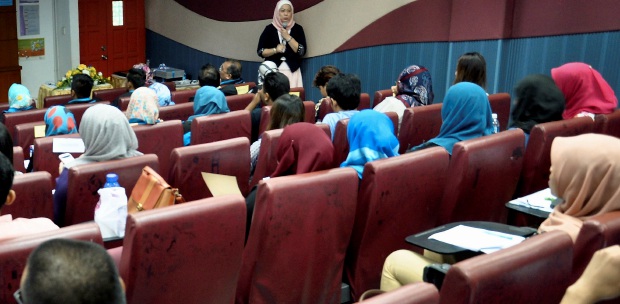LETTERS: Higher education has been facing many challenges and there are several reasons for this.
The rising cost of higher education, including tuition, fees and living expenses, has made it unaffordable for many students and their families.
Student loan debt is a global issue, even in the United States and United Kingdom. It has reached unprecedented levels, leading to financial burden and anxiety for graduates.
Disparities in access to higher education persist, with underrepresented and marginalised groups often facing barriers to enrolment.
Equity issues include racial and socioeconomic disparities in enrolment.
Many institutions are experiencing declining enrolment, driven by demographic shifts and competition from online and alternative education providers.
The pandemic disrupted traditional modes of education, causing financial strain on universities, shifting to remote learning and affecting the mental health and wellbeing of students and staff.
Many higher education institutions face budgetary constraints due to challenges in state funding, increased operating costs and the financial impacts of the pandemic.
Budget constraints can lead to faculty and staff layoffs, programme cuts and reduced support services.
The high levels of stress and mental health issues among students have become a concern, leading to calls for more support services.
Concerns about the quality of education and the relevance of degree programmes to the job market have led to calls for curriculum reforms.
The digital revolution has disrupted traditional models of education, with online and hybrid learning challenging the traditional classroom experience.
Universities are grappling with the need to adopt and adapt to technology for teaching and administrative purposes.
The job market is evolving, and there is increasing demand for skills in science, technology, engineering and mathematic fields; vocational training; and lifelong learning.
Higher education institutions must align their programmes with these shifting workforce needs.
There have been controversies related to academic freedom and censorship on campuses, impacting teaching and research. Universities lack the openness in seeking knowledge.
There is a decline in thought leadership, the presumed gold standard of higher education. Public perception of universities has suffered.
Universities are under pressure to adopt more sustainable practices, which often require financial investments.
The globalisation of education has led to increased competition among universities worldwide, affecting enrolment and faculty recruitment.
Many institutions have ageing infrastructure that requires costly maintenance. These factors contribute to the distress that higher education is experiencing.
Universities and policymakers are addressing these issues to ensure the relevance of higher education in a rapidly changing world.
Rebranding universities as championing thought leadership is crucial. Leaders at universities must show the way in engaging society.
Studies have shown that the combined force of academics and politics can shape nations. We see evidence of this in the more developed economies where retired politicians and professionals with their experience and wisdom can provide thought leadership.
Many pursue scholarship in universities as professors. It is unfortunate that we see less of such public intellectuals here.
This must change if universities are to achieve credibility and respect. Only then will higher education be viewed as a significant force in nation building.
So we hope the 2024 Budget for education will make a difference to the sector.
PROFESSOR DATUK DR AHMAD IBRAHIM
Tan Sri Omar Centre for STI Policy,
UCSI University
The views expressed in this article are the author's own and do not necessarily reflect those of the New Straits Times





